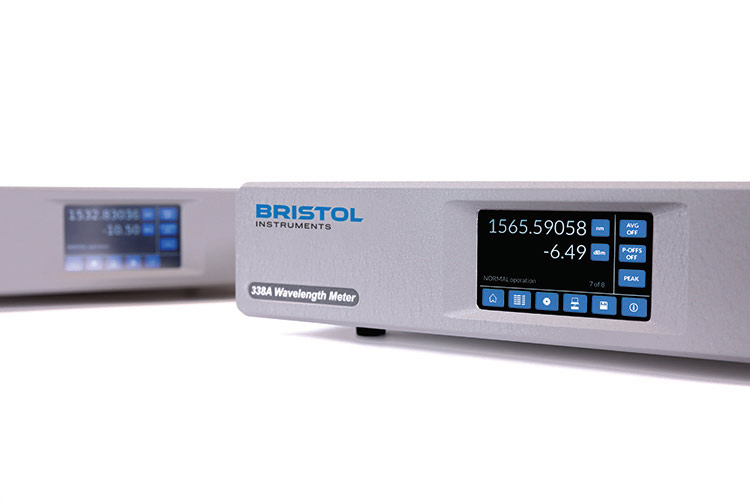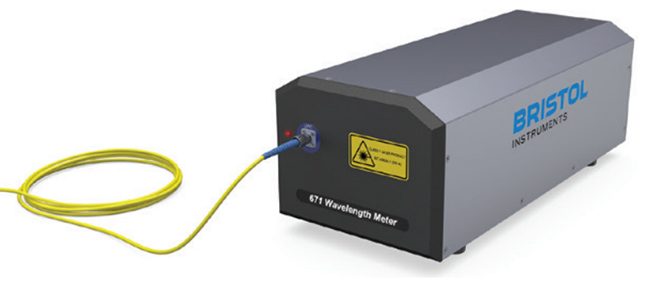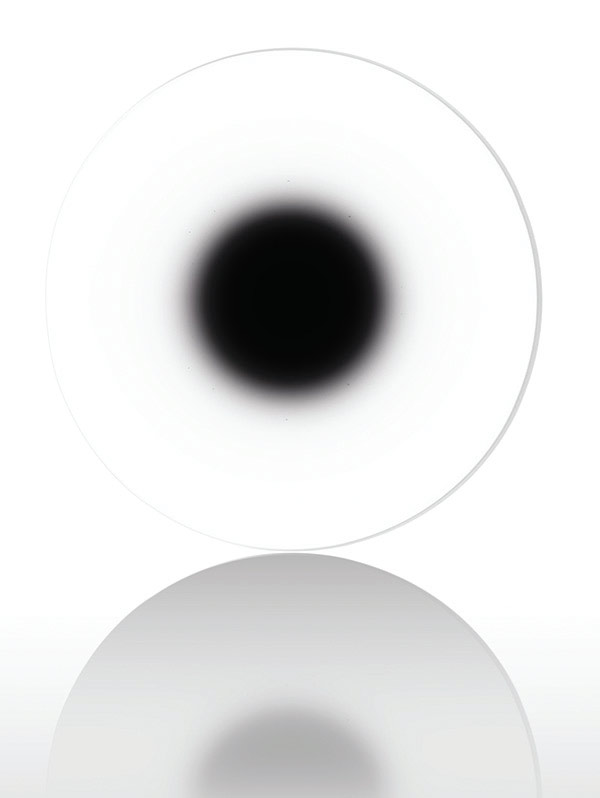
< More Photonics Showcase NewsletterSubscribe to our E-NewslettersPhotonics Showcase Newsletter (3/16/2021)
Photonics Showcase Newsletter
Monthly product-focused newsletter with highlights from the latest issue of Photonics Showcase.
| If you are having problems seeing this newsletter, please click here to view |

|
Monthly product-focused newsletter with highlights from the latest issue of Photonics Showcase. Use the Request Info links below to ask for more information about these products, or visit Photonics.com/rssc.
Manage your Photonics Media membership at Photonics.com/subscribe.
|
|
 Optical Wavelength Meter
Optical Wavelength Meter
From: Bristol Instruments Inc.
The 338 Series Optical Wavelength Meter combines speed and affordability to address the most critical requirements of optical transceiver manufacturers. The wavelength of CW and modulated signals is measured to an accuracy as high as ±0.3 pm. A measurement rate of 25 Hz results in reduced testing times.
|
|
|
 Quantum Cascade Laser (QCL)
Quantum Cascade Laser (QCL)
From: Hamamatsu Corporation
Hamamatsu’s compact quantum cascade lasers (QCL) offer peak emission in the mid-IR range (4-10 μm), and are meticulously manufactured to deliver high performance at cost-effective prices. They achieve extremely narrow single-mode bands, making them excellent light sources for MIR applications such as molecular gas analysis and IR absorption spectroscopy. In addition to our standard products, we can provide customized QCLs.
|
|
|
 Laser Wavelength Meter
Laser Wavelength Meter
From: Bristol Instruments Inc.
The 671 Series Laser Wavelength Meter uses a proven Michelson interferometer-based design to measure the wavelengths of CW lasers to an accuracy as high as ±0.2 parts per million. Operation is available from 375 nm to 12 μm. Continuous calibration with a built-in wavelength standard guarantees the reliable accuracy that is required for the most meaningful experimental results.
|
|
|
 Bullseye® Apodizing Filters
Bullseye® Apodizing Filters
From: Reynard Corporation
Bullseye® apodizing filters radially modify beam distribution in optical systems. Standard Gaussian or customized filters inserted in line with a light source reduce undesirable intensity variations. Configurations include both dark-in-the-center, typically used to reduce low-frequency variations or to create top-hat wave fronts, and clear-in-the-center functions, typically used to reduce high-frequency variations outside of the main beam profile.
|
|
|
|
